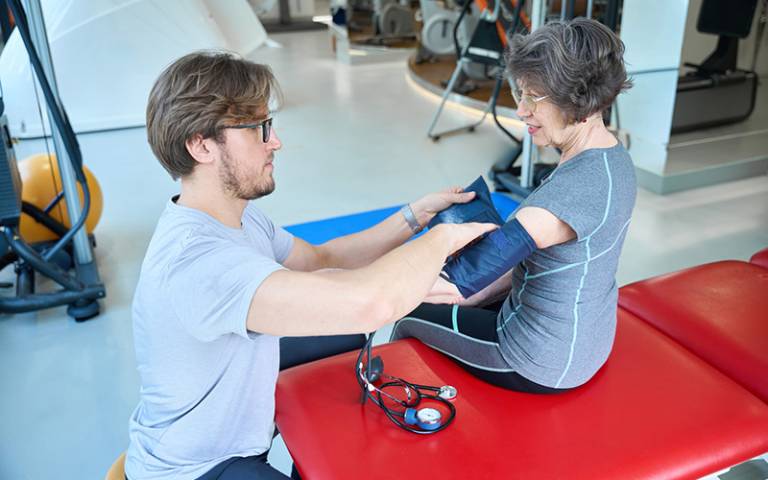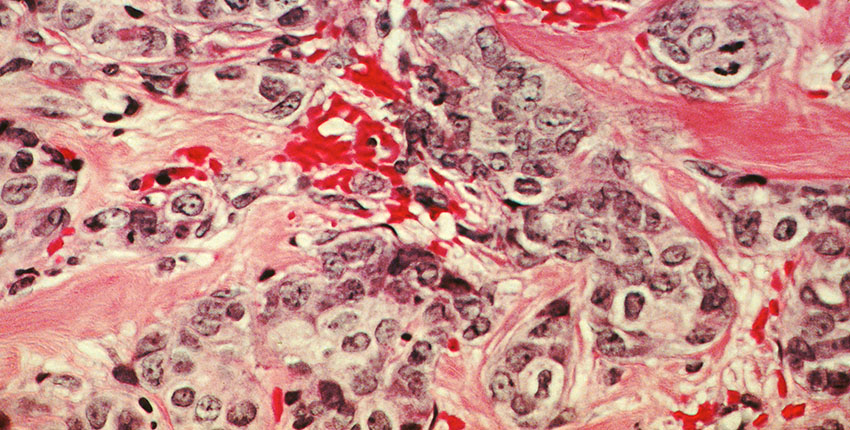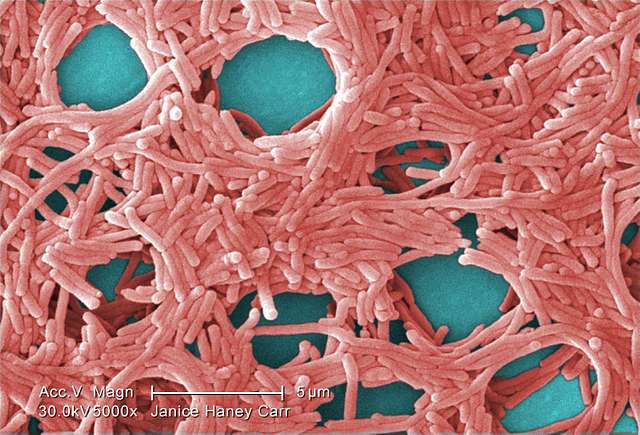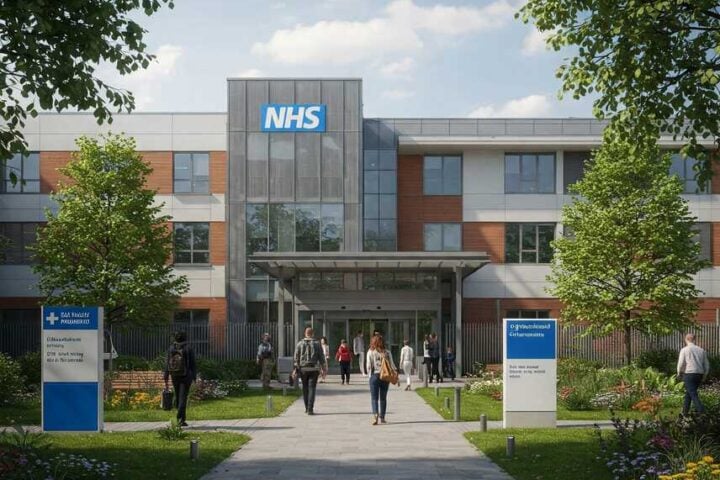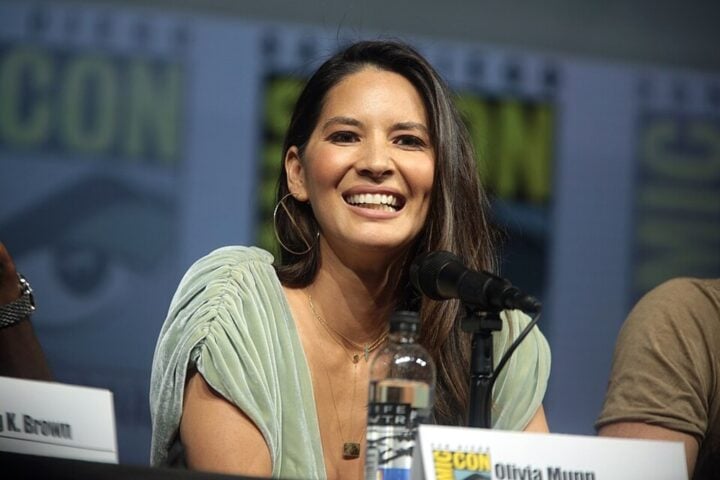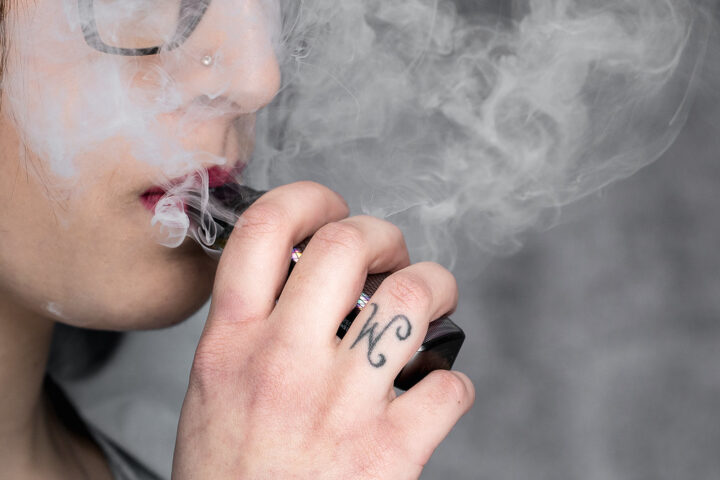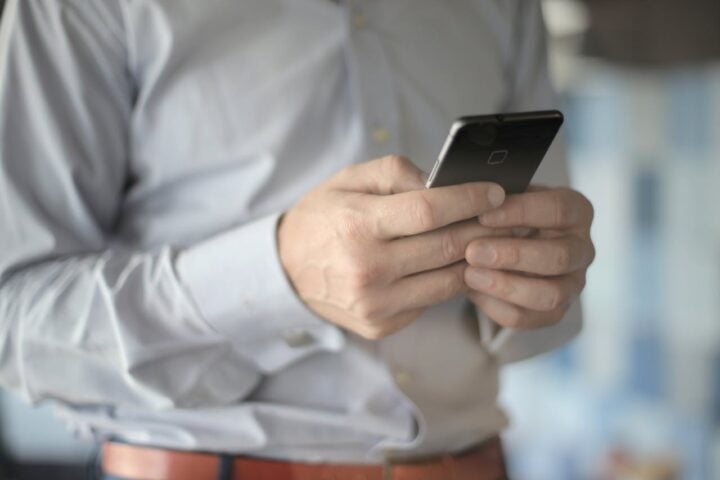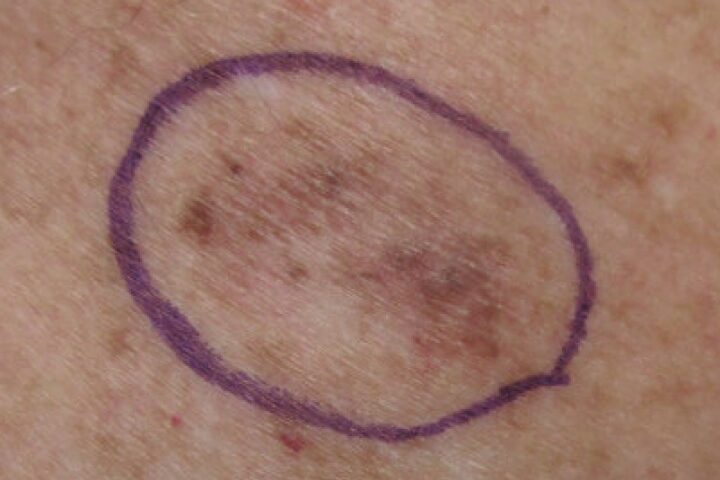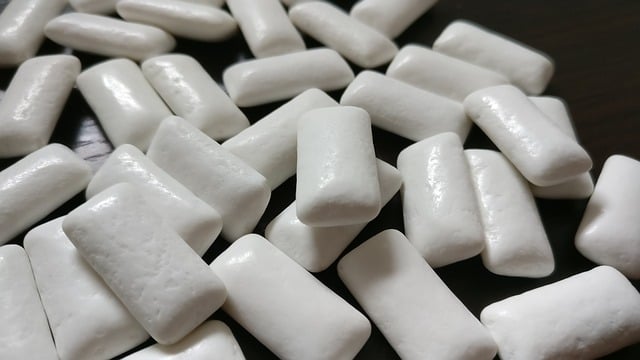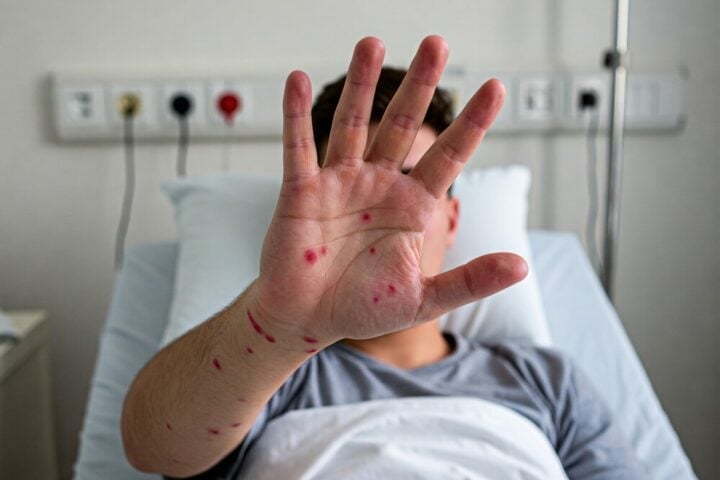We’ve long wondered how much exercise we really need for better heart health. Now, a comprehensive British Heart Foundation-funded study published in Circulation brings us precise answers about blood pressure management through accelerometer-measured physical activity. The study found that adding just five minutes of exercise to your daily routine can lower blood pressure and reduce cardiovascular disease risk. The research, funded by the British Heart Foundation, analyzed data from 14,761 participants across five countries.
“High blood pressure is one of the biggest health issues globally, but there may be relatively accessible ways to tackle the problem in addition to medication,” said Professor Emmanuel Stamatakis from the University of Sydney’s Charles Perkins Centre and Faculty of Medicine and Health.
The Science Behind the Numbers
Using thigh-mounted accelerometers, researchers tracked participants’ daily movements across six distinct categories:
- Sleep (averaging 7 hours)
- Sedentary behavior like sitting (10 hours)
- Standing (3 hours)
- Slow walking (1 hour, under 100 steps/minute)
- Fast walking (1 hour, over 100 steps/minute)
- Vigorous exercise like running or cycling (16 minutes)
The results were compelling: replacing any less active behavior with five minutes of exercise reduced systolic blood pressure by 0.68 millimeters of mercury (mmHg) and diastolic blood pressure by 0.54 mmHg. At a population level, this seemingly small change could translate to a 10% reduction in cardiovascular disease risk.
Dr. Jo Blodgett from UCL Surgery & Interventional Science explained, “Whatever your physical ability, it doesn’t take long to have a positive effect on blood pressure. What’s unique about our exercise variable is that it includes all exercise-like activities, from climbing the stairs to a short cycling errand, many of which can be integrated into daily routines.”
Similar Post:
Real-World Applications
The research suggests that “clinically meaningful” improvements can be achieved with:
- 20 additional minutes of exercise daily for systolic blood pressure
- 10 additional minutes of exercise daily for diastolic blood pressure
For those who don’t exercise regularly, even walking showed benefits, though more vigorous activities delivered stronger results. “If you want to change your blood pressure, putting more demand on the cardiovascular system through exercise will have the greatest effect,” Dr. Blodgett noted.
Global Health Impact
With hypertension affecting 1.28 billion adults worldwide and often called the “silent killer” due to its lack of symptoms, these findings offer practical solutions. The condition can lead to:
- Stroke
- Heart attack
- Heart failure
- Kidney damage
Professor Mark Hamer from UCL emphasized the study’s real-world applicability: “Previous research in this area has come from heavily controlled exercise training studies with supervised or prescribed exercise programmes. Our study is unique as we observed that free-living physical activity performed in everyday life can have benefits that are most likely far more sustainable long term.”
Looking Ahead
Modern technology plays a crucial role in monitoring these health improvements. “Wearable activity-tracking devices such as smart watches, which are not dissimilar to the accelerometers used in this study, are becoming increasingly important tools for patients to track their physical activity habits and manage risk factors such as high blood pressure,” Professor Hamer added.
The ProPASS consortium’s findings demonstrate how small lifestyle changes can yield meaningful health benefits. For the 1.28 billion adults affected by hypertension globally, these results offer an accessible approach to better cardiovascular health through modest increases in daily physical activity.
